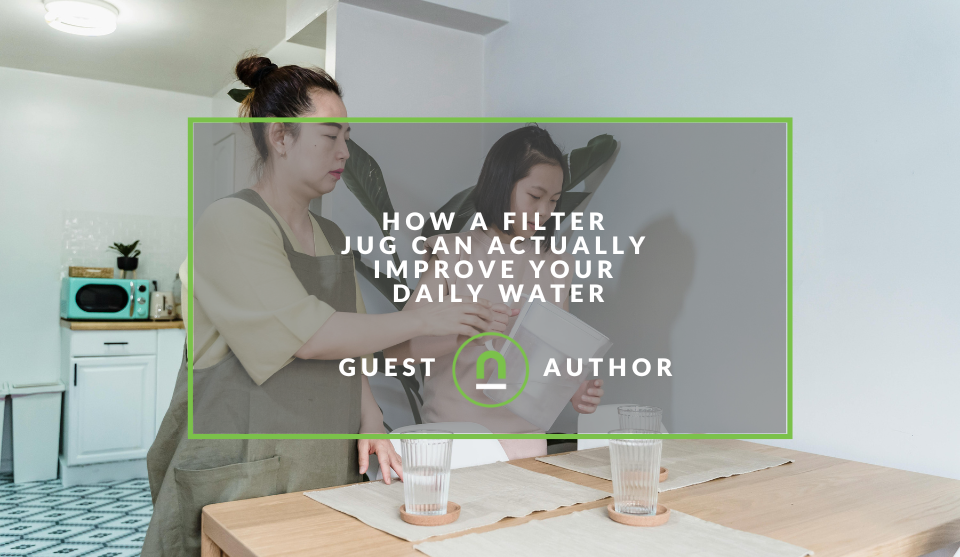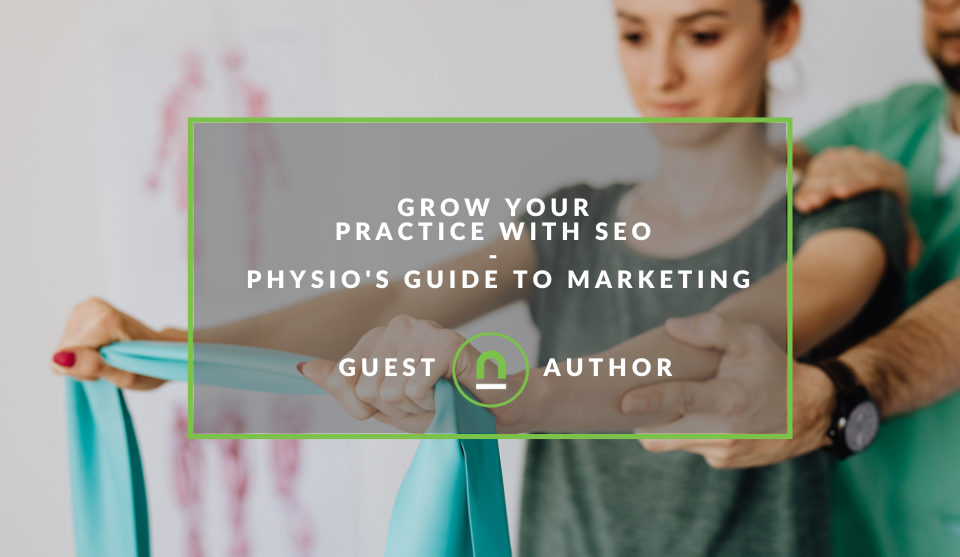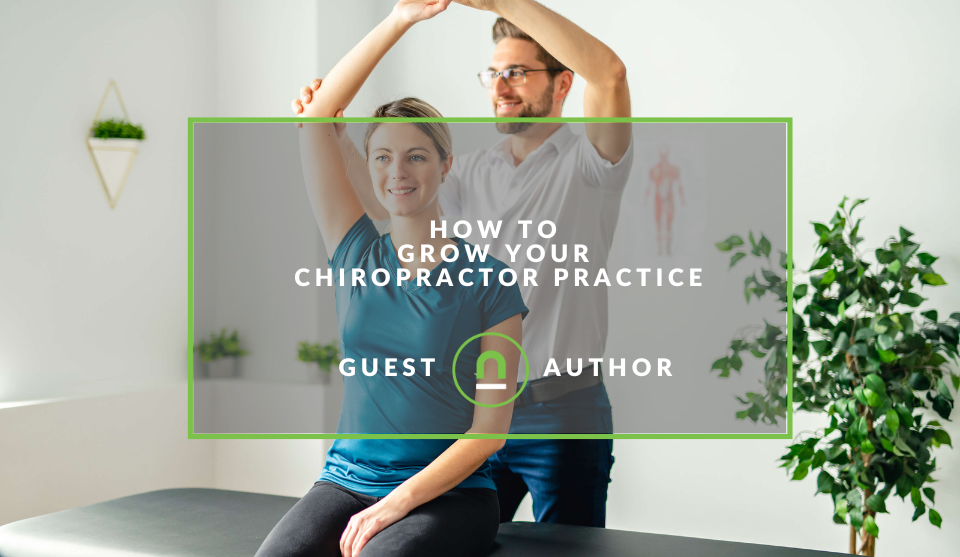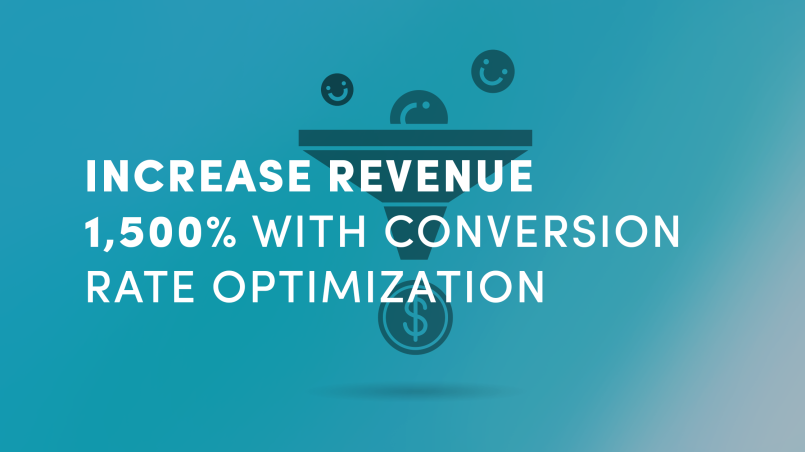Recent posts

Money Talks
Maximising Business and Trading Opportunities Through Smart Online Strategies
07 November 2025

Shopaholics
How a Filter Jug Can Actually Improve Your Daily Water
30 October 2025

Doctors Orders
Grow Your Practice With SEO - Physio's Guide To Marketing
28 October 2025

Doctors Orders
How To Grow Your Chiropractor Practice
27 October 2025
Popular posts
Extravaganza
Trending Music Hashtags To Get Your Posts Noticed
24 August 2018
Geek Chic
How To Fix iPhone/iPad Only Charging In Certain Positions
05 July 2020
Extravaganza
Trending Wedding Hashtags To Get Your Posts Noticed
18 September 2018
Money Talks
How To Find Coupons & Vouchers Online In South Africa
28 March 2019
10 Ways To Improve Your Conversion Rate
10 September 2017 | 0 comments | Posted by Che Kohler in nichemarket Advice
So you're an eCommerce site, you've been up and running for a while, you're doing a bit of advertising but the sales simply aren't showing up as you thought they would. The truth is your product page is where the majority of your customers will finally make the decision between buying your product and leaving your store. Unfortunately, it's an often-neglected part of the sales funnel.
While most store owners tend to focus on improving their checkout page or tweaking what happens after a visitor adds a product to their cart, customers won’t get that far unless you have a solid product page that converts. Product pages exist to tell customers why your product is awesome and which of their needs it fulfils or problem it solves before they finally make a buying decision. Beautiful photos of your product and well-written product descriptions are important. However, there’s a lot more to a great product page than just that.
What many eCommerce stores fail to realise is that the product page is the primary way a consumer engages with the product, they can't hold it in their hand and check it out for themselves so to differentiate your offering from other online retailers you need to provide something special.
A great product page contains elements that inform potential customers, show social proof, highlight all the features and benefits of your product, and build trust between your visitors and your business. To help you beef up your product pages, I’m going to share 10 simple-but-effective ways to help increase conversions on your product page.
1. Add a Frequently Asked Questions Section
When customers are on the fence about purchasing your product, oftentimes it’s because they have unanswered questions. Including a list of frequently asked questions and answers on your product pages helps get them off that fence.
According to Optimizely, Roller Skate Nation increased their conversions by 69% when they added a FAQ to their product page. If you need inspiration on what a good-looking FAQ on a product page looks like, take a look at how Skinnyfatties, a tie slimming service, does it:
Look at the common questions you often get in your inbox and start saving some of the most frequent ones in a spreadsheet. You can even make up your own questions if you anticipate they’ll come up later on. This will also help decrease the number of questions and emails you receive.
If you have many products on your website, consider adding a FAQ to the most popular ones, or those which you receive the most questions about. To add an FAQ section to your product page, check out the Shopify App Store or add your common questions with answers in the product description.
Protip! If you're familiar with Google analytics you can also capture customer questions about your product using this regex hack - How To Use RegEX To Capture Popular Customer Queries
2. Integrate Live Chat
According to a case study by Forrester, Wells Fargo saw a double-digit increase in conversions when they added live chat to their website. Just like an FAQ on your product page, a live chat allows potential customers to get their questions answered, making it easier for them to make an informed buying decision. Plus, a live chat lets your visitors know that you’re easily and quickly accessible, making your business more trustworthy.
Even if your visitors don’t use the live chat, just seeing it can give them that added peace of mind. When your visitors do choose to use your live chat, that’s your opportunity to help them make a buying decision. You don’t have to be a salesperson; just be as helpful and transparent as possible.
3. Display Product Videos
One of the biggest downsides of shopping online is not being able to touch, feel, or physically examine a product you're thinking about buying. When you go down the street to your local mall, you can touch products, better judge their size and get a better sense of what owning the product will be like. Pictures on your product page can only do so much. Often, a well-shot video that gives a thorough look at your product can help potential buyers make those missing connections.
According to Internet Retailer, online housewares store StacksAndStacks saw customers were 144% more likely to add a product to their cart after watching a video.
4. Allow Customer Reviews
When a visitor has never heard of your business and lands on your product page for the first time, two things might come to their mind:
1. “Can I trust this website?” and
2. “Does this product deliver on what it promises?”.
Sometimes, simply allowing customers to leave reviews on your product pages helps ease these fears. When a new visitor hits your product page, they can read the reviews other customers have left about the product and be reassured of its quality.
Plus, seeing that your business allows for reviews lets your visitors know you have nothing to hide. Reviews on your product pages also give your store social proof. It not only shows that people are buying and using the product, but that they care enough about it to leave a review. Here’s how MVMT Watches includes customer reviews on their product pages:
Ultimately, customer reviews on product pages are a good idea because they can help increase conversions. In a case study by Bazaarvoice, adding customer reviews to Figleaves.com’s product pages resulted in a 35% higher conversion compared to product pages without customer reviews.
5. Prominently Display Badges or Seals
If your product is endorsed or certified by a reputable firm, let visitors know with a badge or seal. Any certifications or important characteristics of your product (such as safety, legitimacy, officiality) should be included on your product page. It’s easy to simply write these things into your product description, but it’s far more effective if you can make these stand out as badges.
These badges and seals allow you to borrow the trust they might represent. This trust makes it easier for potential customers to want to do business with you. For example, in a case study by Internet Retailer, an online furniture retailer saw an increase in conversions by nearly 8% when a security seal was added to their website. In some cases, you might need permission or need to receive an official letter/certificate to use specific seals or badges on your website. However, you can get creative and create badges for features of your product.
For example features such as “Made in Canada” or “High Quality” would work better as nicely designed badges than simple bullet points in a product description.
6. Offer a Rock Solid Money Back Guarantee
What’s your return policy? What’s your customer satisfaction policy? Is it hidden away on a separate page for no one to see? Proudly display your money back guarantee and policy on your product page.
If you’re willing to promise your customers that your product is the best, show it. If you put the risk on yourself, and give visitors more confidence, they’ll be more likely to trust you and in turn, purchase your products.
Neil Patel, co-founder of Crazy Egg and Hello Bar, claims he saw his sales increase by 21% when he added a money back guarantee. Here’s some inspiration on what a great money back guarantee on a product page looks like: Money back guarantee
7. Have an urgency call to action
If there is one thing that can convince a customer to purchase is urgency, no one wants to miss out on a great deal. Your price may be what they are willing to pay but they still might have a few hang ups around the final purchase action. Adding on-site prompts is a great way to drive immediacy. Example of on-site prompts are:
- An expiry date for promotional pricing
- A stock counter
- A view counter of how many visitors looked at this product
- A counter of how many users have this product in their basket
- An end of line prompt to show customers once this product is sold out no more stock can be acquired
8. Show customer interest and social validation
When it comes to eCommerce, many customers have hang-ups on the legitimacy of the service, is this a scam, is this too good to be true? Not many customers want to be the person taking they would rather use a store they are more familiar with unless someone they trust can vouch for the site especially with regards to an unknown or obscure brand.
So how do eCommerce sites overcome this? With social validation of course. Using the power, influence and trust generated by social media you can leverage that trust into driving your product sales. Adding share counters to your product pages is a great way to do this.
Showing prospective customers that there is real interest in your product as they can immediately see how many shares the product has received.
9. Offer discounts for first-time purchase
The majority of the visitors to your site will always be new visitors, it's the first time they've interacted with your site, come across your brand and moving through your user flow. All these factors mean count against you when it comes to driving conversion. On average 95% of first-time visitors will not purchase, that's a large chunk of traffic that you've worked tirelessly to acquire so why let them walk on by?
Entice customers who are using the site for the first time with a personalised call to actions like offering the first time purchases a discount, free delivery, a gift card for a follow-up purchase or let them know they can earn loyalty/reward points. These sort of prompts give the impression the customer is receiving added value for their money and will encourage them to follow through on their interest.
10. Recommend products that are bought together
The reason blog posts are so effective when it comes to digital marketing is that it contextualizes the product. It gives users an idea of how the product can apply to them, their daily lives or how it solves a problem for them. So why can't we apply that same principle to your product pages? Using the frequently bought together recommendation engine on product pages can do just that.
When a customer visits a product page, a bundle comprised of the products usually bought together is displayed. This suggestion serves as a reminder of products that complements the item they are currently looking at. Customers can get an idea of products they already have that work well together, or products they should also look at purchasing to get more out of the initial item like accessories, expansions or add-ons. While this strategy is primarily used for upselling and cross selling it can also be as powerful for driving first-time conversions.
When users can see the full spectrum of products matching their interest they can make a more educated decision. Perhaps one of the recommendations are currently on a discount customers could rationale that buying the product together with the recommended items is a fair deal and be convinced to push through the purchase process.
Convert fewer users more often
Using the tips I've listed above you'll surely be able to improve your conversion rate and drive more revenue without having to increase spending on advertising and continuously chasing traffic targets to meet your monthly revenue targets. While you may want to rush off and try these tactics, be warned all these features do come at a price and you may slow down the page load times of your product pages which will definitely drop your conversion rate especially on mobile. So make sure you find the perfect balance between features and performance to get the best out of your product pages
Contact us
If you want to know more about website optimisation don’t be shy we’re happy to assist. Simply contact us here
You might also like
How to Choose the Best Forex Copy Trade Service in South Africa
21 October 2025
Posted by Mark Morris in Money Talks
An introduction to Forex copy trading and how South African traders can find platforms where they can hitch their wagon to seasoned forex traders tra...
Read moreHow a Filter Jug Can Actually Improve Your Daily Water
30 October 2025
Posted by Jasper J in Shopaholics
A look at some of the contaminants you can find in seemingly clear water coming from your taps, and what you can do to enjoy a cleaner higher quality...
Read more{{comment.sUserName}}
{{comment.iDayLastEdit}} day ago
{{comment.iDayLastEdit}} days ago
 {{blogcategory.sCategoryName}}
{{blogcategory.sCategoryName}}

